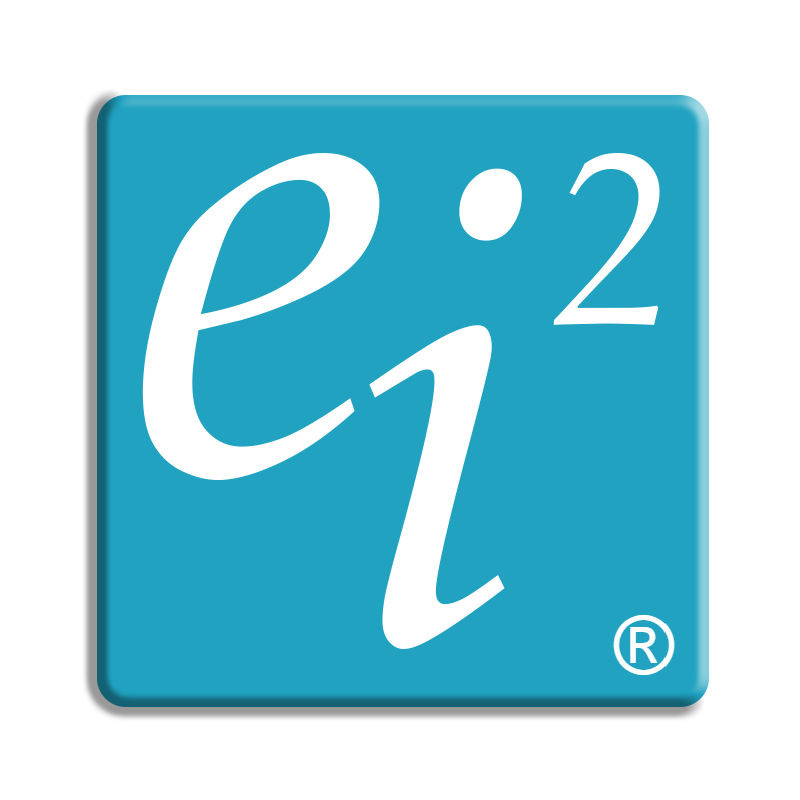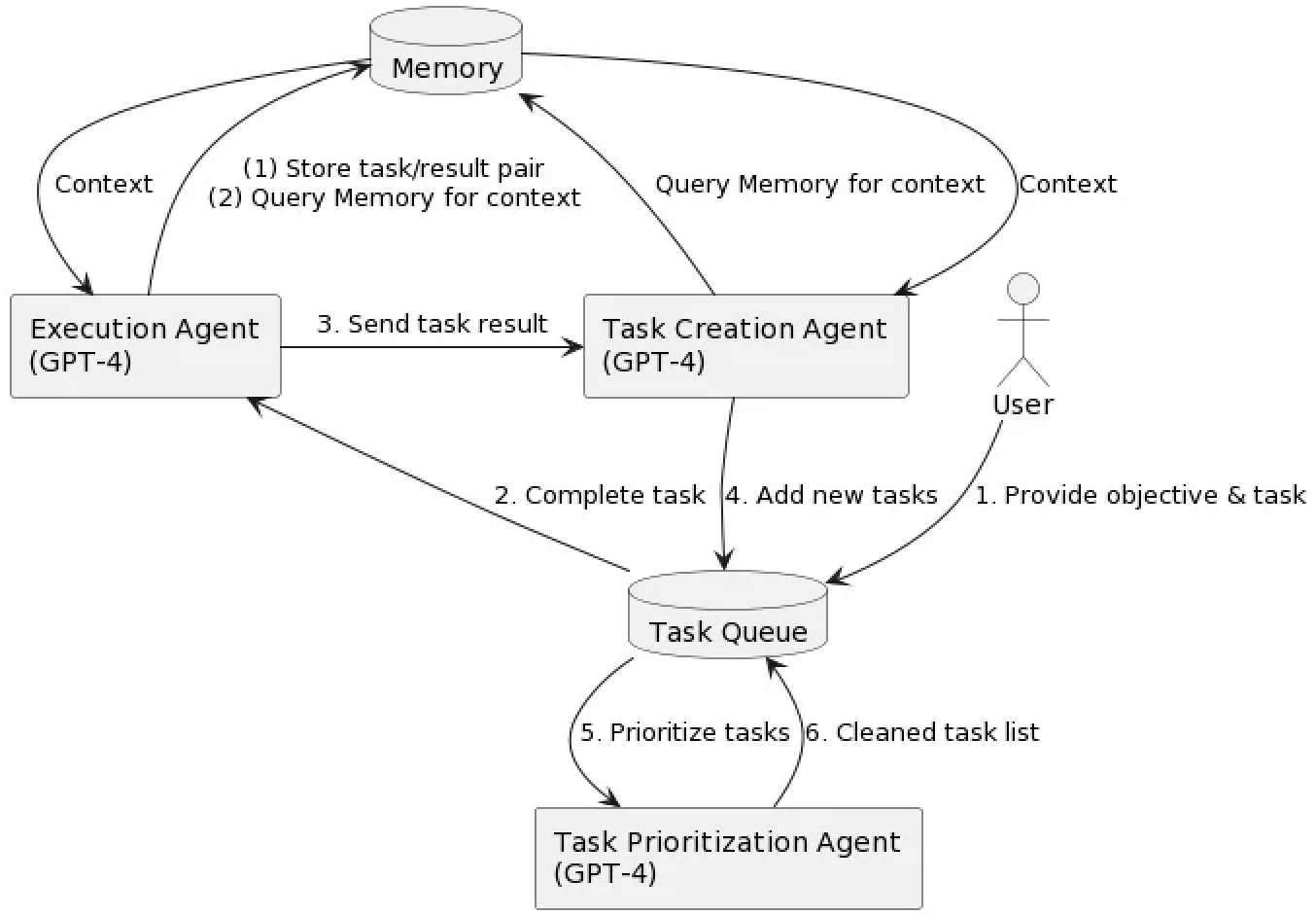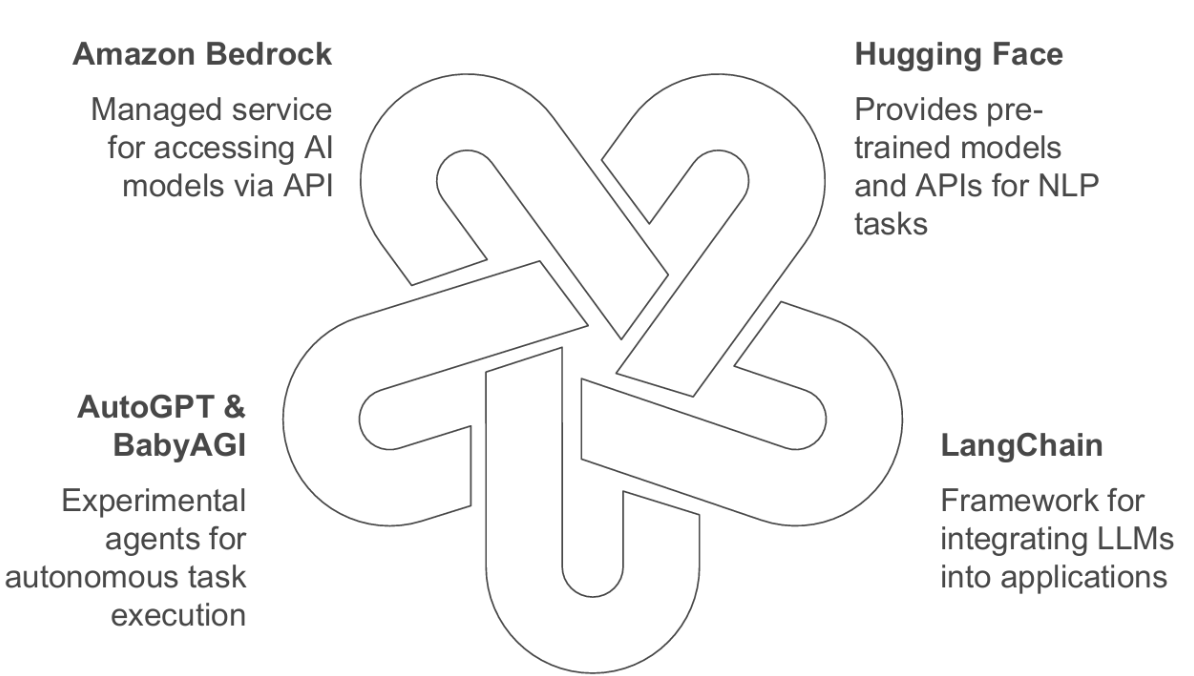Artificial intelligence (AI) is rapidly reshaping the educational landscape, offering unprecedented opportunities for personalised and data-driven learning. At Ei Square, we understand how AI can empower EdTech organisations to enhance student outcomes and streamline educational processes. By leveraging AI-powered data analytics, educators can move beyond traditional teaching methods. AI can automate administrative tasks, such as grading and scheduling, allowing teachers to focus on individualised student mentorship. More importantly, AI algorithms analyse student performance and learning patterns, enabling the creation of tailored educational content. This level of personalisation ensures students learn at their own pace, receive timely feedback, and concentrate on areas requiring improvement, ultimately fostering deeper engagement and boosting academic confidence. Ei Square helps EdTech companies to harness these AI capabilities to build intelligent, scalable solutions that drive educational innovation.
The Multifaceted Benefits of AI Agents in EdTech: Driving Efficiency and Personalised Learning
AI agents are rapidly transforming the EdTech landscape, delivering significant advantages across several key areas:
Automation and Efficiency: AI streamlines routine administrative tasks, including grading, attendance tracking, and quiz generation. This automation not only saves educators valuable time but also provides students with instant feedback. AI-powered grading systems, for example, can analyse open-ended responses and deliver immediate feedback, enabling students to address their errors promptly. By handling these administrative burdens, AI frees up educators to dedicate more time to personalised student interactions and mentorship. This enhanced efficiency is crucial for educational institutions seeking to maximise resource allocation and improve operational effectiveness.
Personalised Learning Pathways: Recognising that every student learns differently, AI facilitates truly individualised learning experiences. AI tutors and learning platforms leverage data analytics to adjust the difficulty and style of content in real-time, catering to each student's unique needs. Recent surveys indicate that a significant proportion of educators are utilising AI in the classroom, reporting improved learning outcomes due to these tailored experiences. Advanced algorithms can pinpoint areas of difficulty, such as algebra, and provide targeted practice or alternative explanations. This adaptive learning approach fosters student motivation and significantly enhances academic performance. At Ei Square, we understand how harnessing these data insights allows for the creation of truly personalised learning experiences.
Enhanced Accessibility: AI agents are instrumental in improving accessibility within education. Speech-to-text and translation tools transcribe lectures and videos into captions and multiple languages, benefiting students with hearing impairments and non-native English speakers. The automation of transcriptions and captions represents one of the most widespread applications of AI in education today. For instance, OpenAI’s Whisper model converts spoken lessons into searchable and accessible text. Furthermore, AI can adjust content reading levels and provide text-to-speech functionality, ensuring that learning materials are inclusive and cater to diverse student needs.
Increased Student Engagement: AI-driven learning applications and agents transform learning into an interactive and engaging experience. Through immediate feedback and conversational interfaces, AI sustains student interest and motivation. Virtual tutors employ probing questions and provide step-by-step guidance, fostering a dynamic learning dialogue. This responsiveness and interactivity cultivate a supportive learning environment, encouraging students to strive for excellence. Studies have demonstrated that intelligent tutoring systems, which adapt to student responses, significantly enhance engagement and performance.
Given these wide-ranging benefits, it is evident that AI is a transformative force within EdTech. However, realising these advantages necessitates the adoption of cutting-edge tools. The AI field is rapidly evolving, with the emergence of powerful and user-friendly models and frameworks. For instance, pre-trained AI models empower developers to accomplish complex tasks with minimal coding and data input, significantly lowering the barrier to entry. By leveraging these advanced AI platforms and libraries, EdTech developers can accelerate prototyping, achieve greater accuracy, and scale their solutions effectively. In the following sections, we will delve into the key AI tools available and explore how they can be utilised to develop AI agents for education.
Essential AI Tools for Developing Intelligent EdTech Agents: A Data-Driven Approach
Modern AI development is underpinned by a robust ecosystem of tools and platforms. Here's a look at key AI technologies that can be combined to build powerful and effective EdTech AI agents:
OpenAI (GPT, DALL-E, Whisper): OpenAI provides advanced AI models that significantly enhance learning applications. GPT-4 (and its predecessors like GPT-3.5) is a language model capable of understanding and generating human-like text, making it ideal for creating interactive AI tutors or teaching assistants. For example, GPT can answer student queries, explain complex concepts in accessible language, and generate personalised practice questions. DALL-E, OpenAI's image generation model, is valuable for creating bespoke visuals and illustrations from text descriptions, enabling educators to produce custom lesson materials. For instance, DALL-E can generate diagrams to illustrate scientific concepts, making lessons more relatable and understandable. Whisper, a speech-to-text model, enables voice interactions within EdTech agents. Students can speak questions aloud, and Whisper will transcribe them for GPT to process, or lectures and videos can be transcribed for later review. Together, OpenAI's models enable the development of multi-modal learning assistants (text, images, voice) that offer a natural and intuitive user experience. At Ei Square, we understand how these tools can be implemented to create more engaging learning experiences.
Google Vertex AI: Vertex AI is Google Cloud's unified platform for developing and deploying machine learning models, particularly useful in EdTech for building personalised learning solutions at scale. Vertex AI provides tools for training custom models, AutoML, and managing end-to-end machine learning pipelines. For example, an educational platform could use Vertex AI to train a custom recommendation model that suggests learning activities tailored to each student's progress. Google's cloud infrastructure enables these models to scale to thousands of users. Vertex AI also offers pre-trained APIs for vision and language, but its strength lies in integrating custom machine learning into production. Educational organisations are leveraging Vertex AI to create scalable and accessible learning experiences, analysing student data to personalise learning pathways for millions of users worldwide. Vertex AI's integration with the wider Google Cloud ecosystem (BigQuery for data, Dataflow, etc.) facilitates the analysis of student interactions and the continuous improvement of AI recommendations. In essence, Vertex AI provides the robust cloud machine learning infrastructure needed for reliable EdTech AI agents, such as personal tutors that serve numerous students. Ei Square can help you to leverage the data analysis capabilities of Vertex AI.
Hugging Face: Hugging Face is an open-source library and community that hosts hundreds of pre-trained AI models, serving as a comprehensive resource for natural language processing models, including translation, summarisation, question-answering, and sentiment analysis. For EdTech developers, Hugging Face is invaluable as it provides access to models that have been trained on extensive datasets (including educational text), which can be fine-tuned or directly used in applications. For example, if an AI agent needs to summarise textbook chapters, a T5 or BART summarisation model from Hugging Face can be used instead of training a model from scratch. The Hugging Face Transformers library makes it extremely easy to use these models. In code, it often takes only a few lines to load a model and get results. For instance, the snippet below shows how one could load a pre-trained model to summarise text:
Code Example:
from transformers import pipeline
# Initialize a summarization pipeline with a default modelsummarizer = pipeline("summarization")text = "Einstein's theory of relativity was a landmark in physics, fundamentally changing our understanding of space, time, and gravity. It introduced concepts like time dilation and mass-energy equivalence (E = mc^2), and was confirmed by observations like the bending of light around the sun. This theory has had far-reaching implications in cosmology and technology."summary = summarizer(text, max_length=60, min_length=30, do_sample=False)print(summary[0]['summary_text'])
In a real-world application, the model would be fine-tuned on educational content or parameters would be adjusted, illustrating the accessibility of advanced natural language processing. Hugging Face also provides Datasets and Inference API services, accelerating development. By using pre-trained models from Hugging Face, EdTech developers can integrate state-of-the-art language understanding (and even vision and audio models) into their agents without requiring substantial computing resources for training.
Ready to unlock the full potential of AI in your EdTech solutions? Ei Square specialises in leveraging data insights to build intelligent and scalable AI-driven learning experiences. Contact us today for a consultation and discover how we can help you transform education with data.
Advanced AI Frameworks and Platforms for EdTech Development: A Strategic Approach
This section explores some advanced frameworks and platforms crucial for building sophisticated AI-powered applications in EdTech:
LangChain: LangChain is a robust framework specifically designed for developing applications leveraging large language models (LLMs). It facilitates the structuring of complex AI applications by "chaining" together components such as LLMs, knowledge bases, and user inputs. In the context of EdTech, LangChain can be instrumental in building conversational AI tutors with access to extensive repositories of course materials and documentation. For instance, LangChain can connect GPT-4 with a school's knowledge base, enabling the system to retrieve relevant information (notes, textbook sections) when a student asks a question, before using the LLM to generate a detailed and accurate answer with appropriate references. LangChain offers convenient abstractions for patterns such as Retrieval QA chains, conversational memory (allowing the AI to retain context from earlier parts of a dialogue), and tool use (enabling the AI to call external tools or APIs when required). Essentially, LangChain serves as the essential connective tissue for integrating an LLM into a larger application workflow. If you are developing an AI agent to guide a student through solving a mathematical problem, for example, LangChain can manage the sequence of interactions, enabling the AI to break down the task into sub-steps, potentially call a calculator API for arithmetic calculations, and then explain the result to the student. By using LangChain, developers can ensure that their AI agents are context-aware (capable of utilizing external data), can reason through multi-step tasks effectively, and maintain a coherent and interactive conversation flow. At Ei Square, we help EdTech companies to leverage LangChain to build more sophisticated and context-aware AI solutions.
Rasa: Rasa is a popular open-source framework for building highly customisable conversational AI, particularly chatbots. Unlike GPT-based chatbots that generate free-form responses, Rasa bots utilise a more rule-based or controlled machine learning approach, incorporating intents, entities, and dialogue management. This approach is particularly useful in EdTech for developing structured chatbots, such as a campus help bot that answers frequently asked questions from students, or a course advisor bot that guides students in course selection. With Rasa, developers define possible user intents (e.g., "ask_homework_deadline" or "request_tutor_schedule") and train a natural language understanding model to classify incoming student questions into the appropriate intents. Dialogue flows (stories or rules) are also defined to handle multi-turn interactions. The advantage of Rasa lies in its provision of full control over the bot's responses and its seamless integration with back-end systems, making it ideal for scenarios where accuracy and consistency are paramount (e.g., ensuring that the bot consistently provides correct policy information or retrieves accurate data from a database). In an educational setting, Rasa can be implemented to create a student support chatbot that can answer questions about assignments, deadlines, or technical issues related to an online learning platform, providing 24/7 support to learners. Rasa's open-source nature also facilitates deployment on your own servers (which is important for data privacy considerations) and enables extension with custom actions, such as looking up student records or sending email reminders via the chatbot interface. While Rasa bots may not exhibit the same level of free-form "smartness" as GPT, they offer greater predictability and tunability, making them a valuable component in an AI EdTech toolkit for well-defined conversational tasks.
AutoGPT & BabyAGI: These are examples of autonomous AI agents – experimental frameworks enabling AI to prompt itself, attempt tasks, and iterate without requiring constant human instruction. AutoGPT and BabyAGI have gained attention for demonstrating how AI (built on top of GPT-4 or similar models) can be set loose on a specific goal and then generate its own sub-tasks and actions to achieve that goal. In an EdTech context, this concept opens up exciting possibilities. For instance, imagine an autonomous learning assistant that, given a learning goal (e.g., "learn about climate change impacts"), could autonomously break it down into smaller tasks, retrieve relevant articles, summarise them, generate quizzes, and present a comprehensive study plan. AutoGPT operates by chaining GPT calls in loops, enabling the AI to set a plan, execute steps (which may include web searches, document reading, and note writing), and refine its approach until the goal is achieved. BabyAGI is a similar concept focused on task creation and prioritisation. While these autonomous agents are still in the early stages of development and experimental, developers can begin to explore their potential for creating more proactive AI tutors. For example, an AutoGPT-based agent could monitor a student's progress through a course and proactively suggest new practice problems or identify supplemental explanations, without being explicitly requested. Such agents could also assist teachers by automatically researching and compiling summaries of new academic papers on a particular topic to facilitate curriculum updates. It is essential to ensure that such agents are appropriately constrained (to prevent them from straying off-topic or performing undesirable actions), but they represent the cutting edge of AI tools capable of taking initiative. As an example, a developer tested AutoGPT to identify researchers in AI education and summarise their work, and the agent was able to browse information and even attempted to write emails to those researchers independently. This example highlights the power (and the need for careful management) of autonomous AI: these agents can perform complex multi-step tasks, but their "freedom" must be guided responsibly.
Amazon Bedrock: Amazon Bedrock is a fully managed AWS service that provides access to high-performing foundation models (from various providers) through an API, eliminating the need for managing the underlying infrastructure. In simpler terms, Bedrock enables EdTech developers to access AI models (for text, images, and other modalities) from providers such as AI21, Anthropic, Stability AI, and Amazon's own Titan models, all through the AWS platform. The key advantages of Bedrock include scalability and seamless integration. Developers can build AI features into their educational applications and rely on AWS to handle deployment, scaling, and a degree of model customisation (such as fine-tuning). Many EdTech organisations are already utilising Bedrock to power their AI features. For example, Benchmark Education developed a generative AI tool for grading student essays using Amazon Bedrock as the foundation. Bedrock's secure foundation models and ease of deployment enabled them to rapidly develop a system where AI evaluates open-ended student responses and provides valuable feedback to both students and teachers. Amazon Bedrock can serve as the foundation for secure, reliable, and data-integrated AI agents. If you are developing a virtual tutor and have substantial usage data on AWS, Bedrock simplifies the process of incorporating a large language model into your technology stack, offering a cost-efficient pay-as-you-go model for model usage at scale. Furthermore, AWS provides a range of complementary tools, such as Lambda, Step Functions, and SageMaker, facilitating the creation of complex workflows (e.g., orchestrating multiple AI tasks or logging model outputs for analysis) with relative ease. In summary, Amazon Bedrock brings the power of various cutting-edge models into the AWS ecosystem, providing a significant advantage for EdTech developers seeking to deploy AI features to production quickly and securely.
These tools are not mutually exclusive – in fact, a robust AI education agent might use several of them in combination. For instance, you could use Hugging Face transformers for rapid prototyping, then transition to Vertex AI or Bedrock for scaling in production, and leverage LangChain to integrate an OpenAI GPT model into a Rasa chatbot interface. The key is to select the most appropriate tool for each aspect of your AI agent, including content generation, conversation handling, personalisation logic, and deployment.
Unlock the Potential of AI in EdTech with Ei Square
Navigating the complex landscape of AI tools and frameworks can be challenging. Ei Square's expertise in data consulting and EdTech can help you to strategically select and implement the right technologies to build effective and scalable AI solutions.
Contact us today for a consultation and discover how we can empower your EdTech initiatives with data-driven AI.
And stay tuned! We have two more blogs coming soon that will delve even deeper into the world of AI in EdTech:
How to Build an AI Agent for EdTech: Step-by-Step Guide – where we'll provide a practical roadmap for developing your own AI-powered educational tools.
Future of AI in EdTech & Emerging Trends – where we'll explore the exciting possibilities and innovations shaping the future of education.





